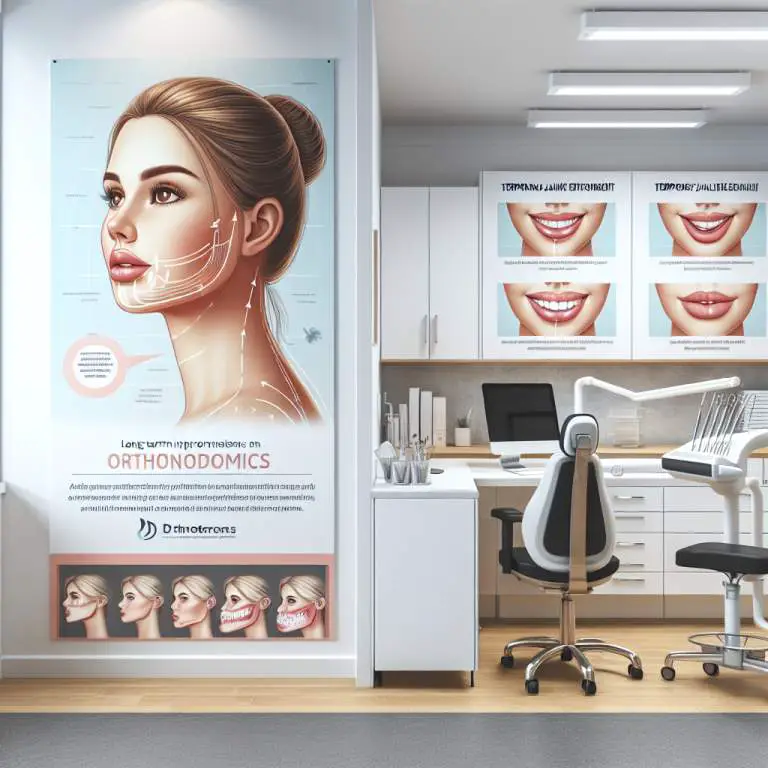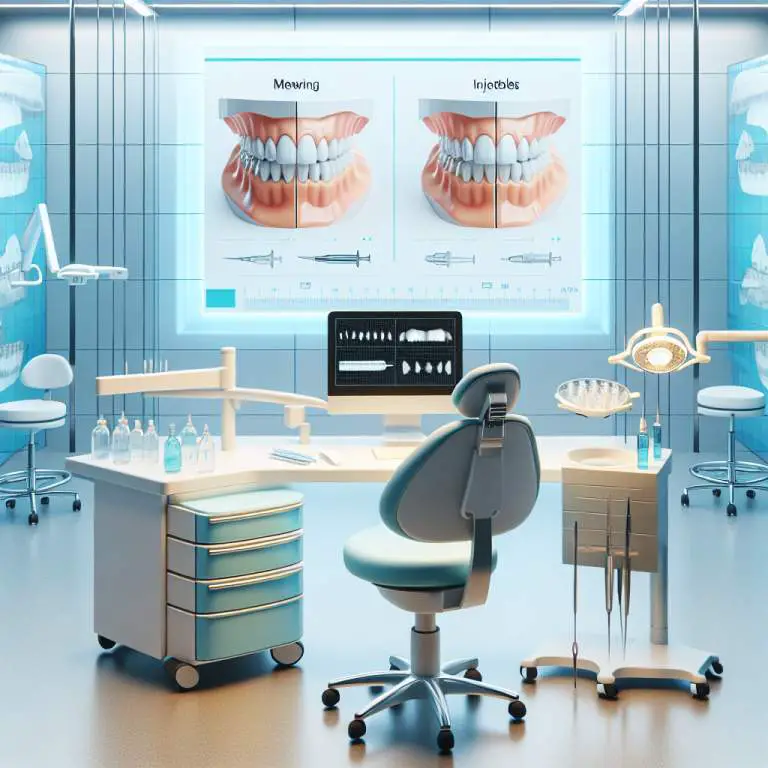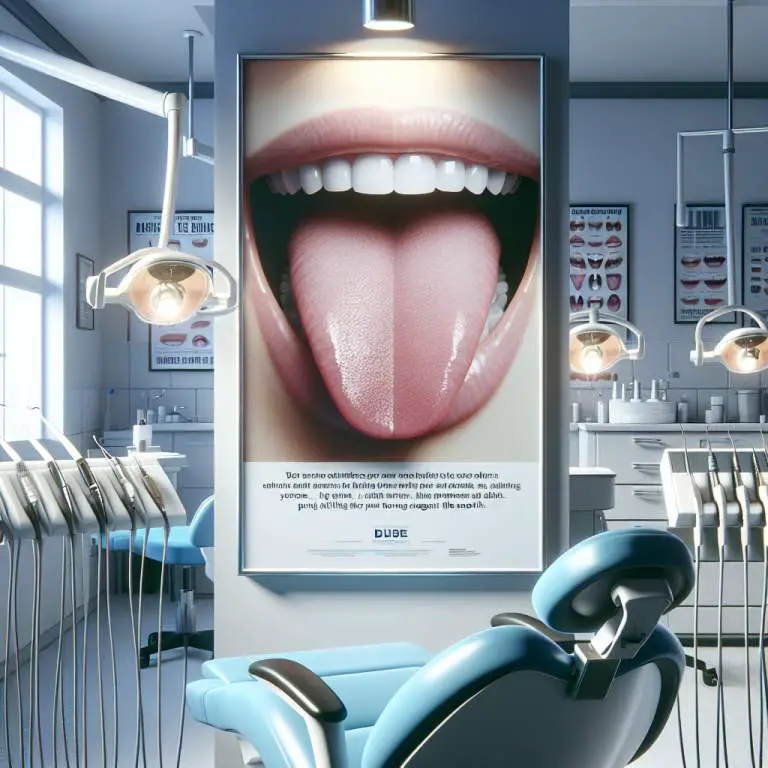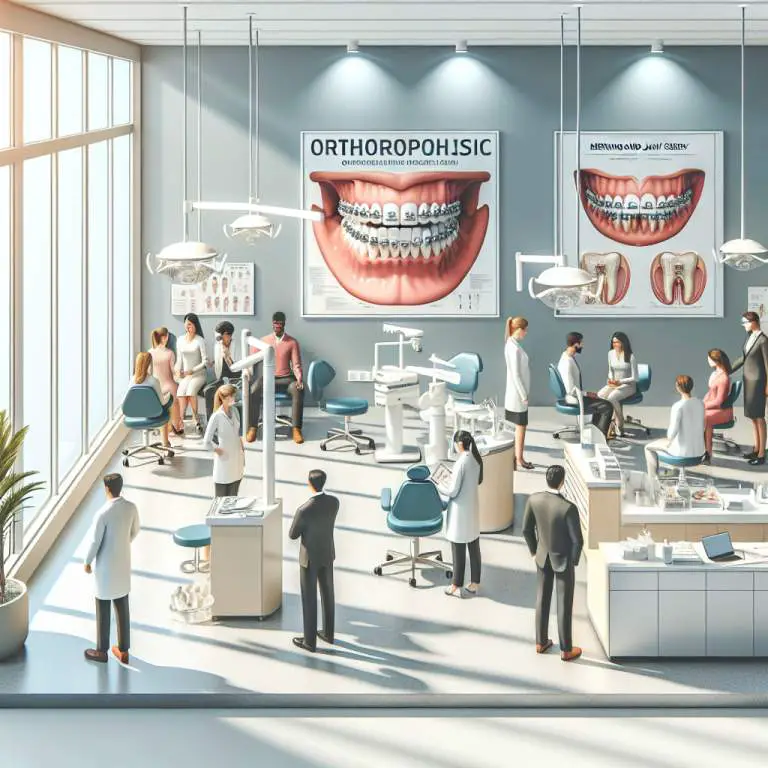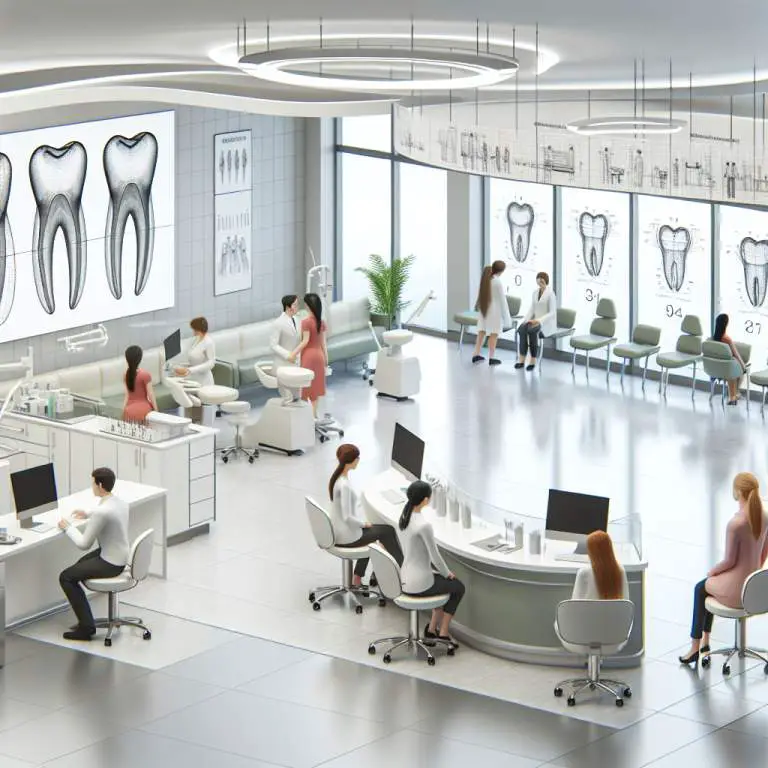Can mewing address functional issues related to jawline structure as effectively as orthodontic treatments?
Mewing, a technique that involves proper tongue posture to potentially reshape the jawline, may offer some benefits. However, it is not as effective as orthodontic treatments for addressing functional jaw issues. Orthodontic treatments are designed by professionals to specifically correct these problems. Therefore, for functional jaw issues, seeking advice from an orthodontist is recommended.

How does mewing work and what are its purported benefits?
Mewing is a technique that involves placing your tongue against the roof of your mouth. This position is supposed to help with the way your jaw and teeth align. People who teach this method say it can make your face look better and may even help you breathe easier.
Some folks believe mewing can lead to a sharper jawline, clearer sinuses, and fewer headaches. It’s like giving your face a little workout every day just by holding your tongue in a certain spot. The idea is that over time, this simple action can make big changes in how you look and feel.
Can mewing improve jawline structure in adults?
Many adults are curious if mewing can really change their jawline. The truth is, while kids’ bones are still growing, adults have bones that are pretty much set in place. However, some people think that even for adults, practicing mewing might make small adjustments to the jaw over time.
It’s not like overnight you’ll wake up with a completely different face, but some adults who’ve tried mewing report seeing subtle improvements. They say their jaws seem a bit more defined or their faces appear slightly slimmer after sticking with it for months or even years.
Mewing isn’t just about looks; it’s also said to help with certain jaw problems. For example, if someone has trouble breathing through their nose or they snore a lot at night, adjusting how they hold their tongue could offer some relief. The idea is that proper tongue posture helps keep the airways open.
Another issue it might help with is sleep apnea, a condition where people stop breathing for short periods during sleep. By potentially improving airflow and changing how the jaw sits, mewing could make sleeping safer and more comfortable for some folks.
How do orthodontic treatments correct jawline structure and function?
Orthodontic treatments are all about making sure your teeth and jaws line up right. Braces or clear aligners can move teeth into better positions over time. This not only makes smiles look nicer but also helps with chewing food properly and speaking clearly.
Besides braces, orthodontists might use other tools like retainers or expanders to adjust the shape of the jaw itself. These treatments work on deeper levels than something like mewing because they physically guide bones and teeth into new positions under professional supervision.
| Aspect | Mewing | Orthodontic Treatments |
|---|---|---|
| Primary Focus | Improving tongue posture and jawline appearance through natural methods. | Correcting teeth alignment, bite issues, and jaw problems using various dental devices. |
| Methodology | Practices involving the correct placement of the tongue against the palate, breathing techniques, and facial exercises. | Involves braces, clear aligners, retainers, and sometimes surgical interventions for more severe cases. |
| Evidence Base | Largely anecdotal with limited scientific research supporting its effectiveness. | Well-established with extensive scientific research and clinical trials demonstrating efficacy. |
| Timeframe for Results | Varies widely; some claim months to years for noticeable changes, if any. | Treatment plans are specific; generally ranging from 6 months to a few years depending on complexity. |
| Risks/Side Effects | Potential for incorrect technique leading to minimal or adverse effects on facial structure. | Possible discomfort, pain from device adjustments, risk of tooth decay if oral hygiene is neglected during treatment. |
| Certification Required for Practitioners | No formal certification; largely self-taught or learned through online resources. | Dental professionals undergo extensive education and training; must be licensed to practice orthodontics. |
Is there scientific evidence supporting the effectiveness of mewing compared to orthodontic treatments?
When it comes to comparing mewing with traditional orthodontic treatments, the scientific community has not reached a consensus. Some people believe that mewing, which involves proper tongue posture and has been popularized through social media, can reshape the jawline over time. However, there is limited peer-reviewed research available to back up these claims.
On the other hand, orthodontic treatments have been studied extensively. Braces, retainers, and other dental procedures have a long history of documented success in correcting misaligned teeth and jaw issues. These treatments are based on principles of bone remodeling and are performed under the supervision of trained professionals.
What are the potential risks or downsides of relying on mewing for functional jaw improvements?
Relying solely on mewing for jawline enhancement or functional improvements carries certain risks. Since mewing is not scientifically proven as an effective method for altering jaw structure, individuals might delay seeking professional advice or treatment. This delay can lead to worsening of any existing conditions or missed opportunities for more effective interventions.
Additionally, incorrect practice of mewing techniques could potentially cause harm. Without proper guidance, individuals might apply too much pressure with their tongue or adopt harmful postures that could affect their oral health negatively. It’s important to approach any new technique with caution and seek professional advice when necessary.
How long does it typically take to see results from mewing versus orthodontic treatments?
The timeframe for seeing results from mewing varies widely among individuals and is largely anecdotal. Some proponents claim noticeable changes within a few months, while others mention years before observing any significant alterations in jawline structure. The lack of standardized methods and measurements makes it difficult to predict outcomes accurately.
In contrast, orthodontic treatments often come with clearer timelines based on clinical experience and research. For example, wearing braces typically ranges from one to three years depending on the complexity of the case. Orthodontists provide regular check-ups and adjustments to ensure progress is tracking as expected towards the desired outcome.
Final Thoughts
Mewing presents an interesting concept that has captured the attention of many looking for non-invasive ways to improve their facial aesthetics. While personal testimonies provide some level of encouragement, it’s crucial to remember the importance of scientific evidence when evaluating such practices.
Orthodontic treatments remain the reliable choice for addressing structural issues related to the jawline and teeth alignment. These methods are backed by years of research and clinical success stories. Anyone considering altering their jawline or improving oral function should consult with dental professionals to explore their options safely and effectively.

